QNAP TS-859 Pro Turbo NAS review
Qnap’s new NAS appliance has Intel’s latest dual-core Atom processor at its heart. This eight-bay desktop box is packed with features and in this review we see whether it delivers in the speed stakes as well.
Qnap is unique as it’s the only vendor that currently offers desktop NAS appliances that support eight 3.5in. or 2.5in. drives. This gives the TS-859 Pro a price advantage over eight-bay rack mount appliances that cost around 25 per cent more. Performance is very good, it’s quiet, has plenty of business-focused features and support for IP SANs is better than most.

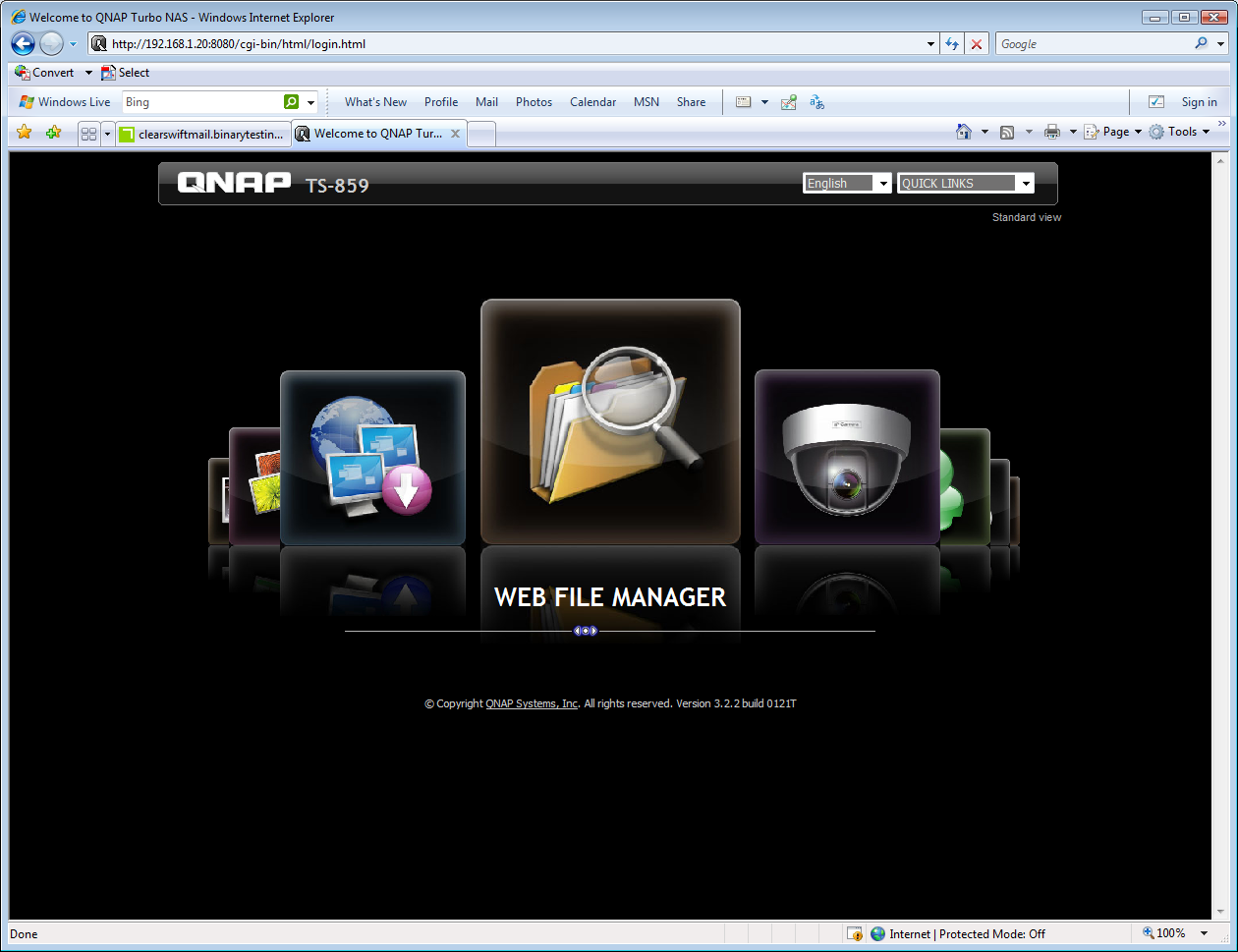
QNAP TS-859 Pro Turbo NAS
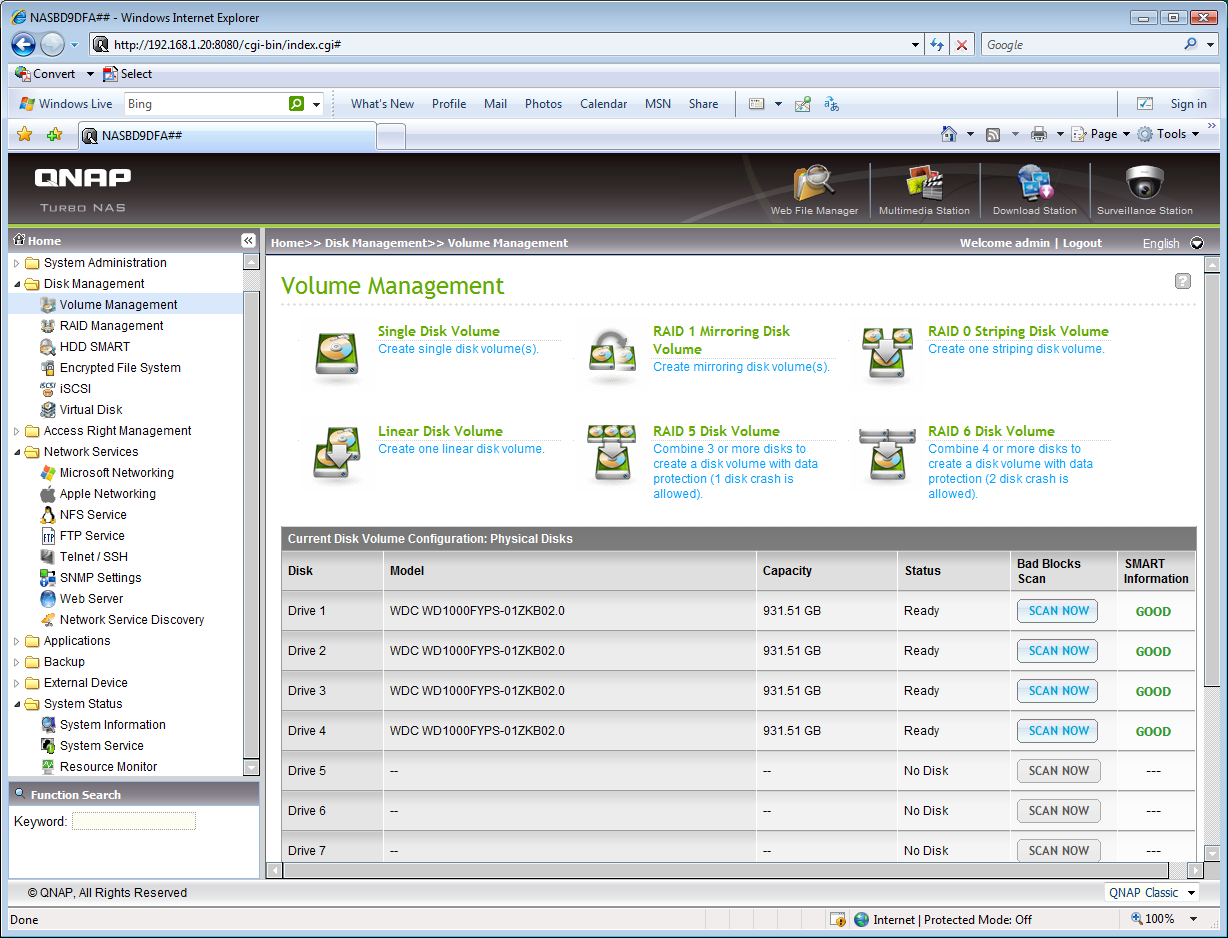
QNAP TS-859 Pro Turbo NAS
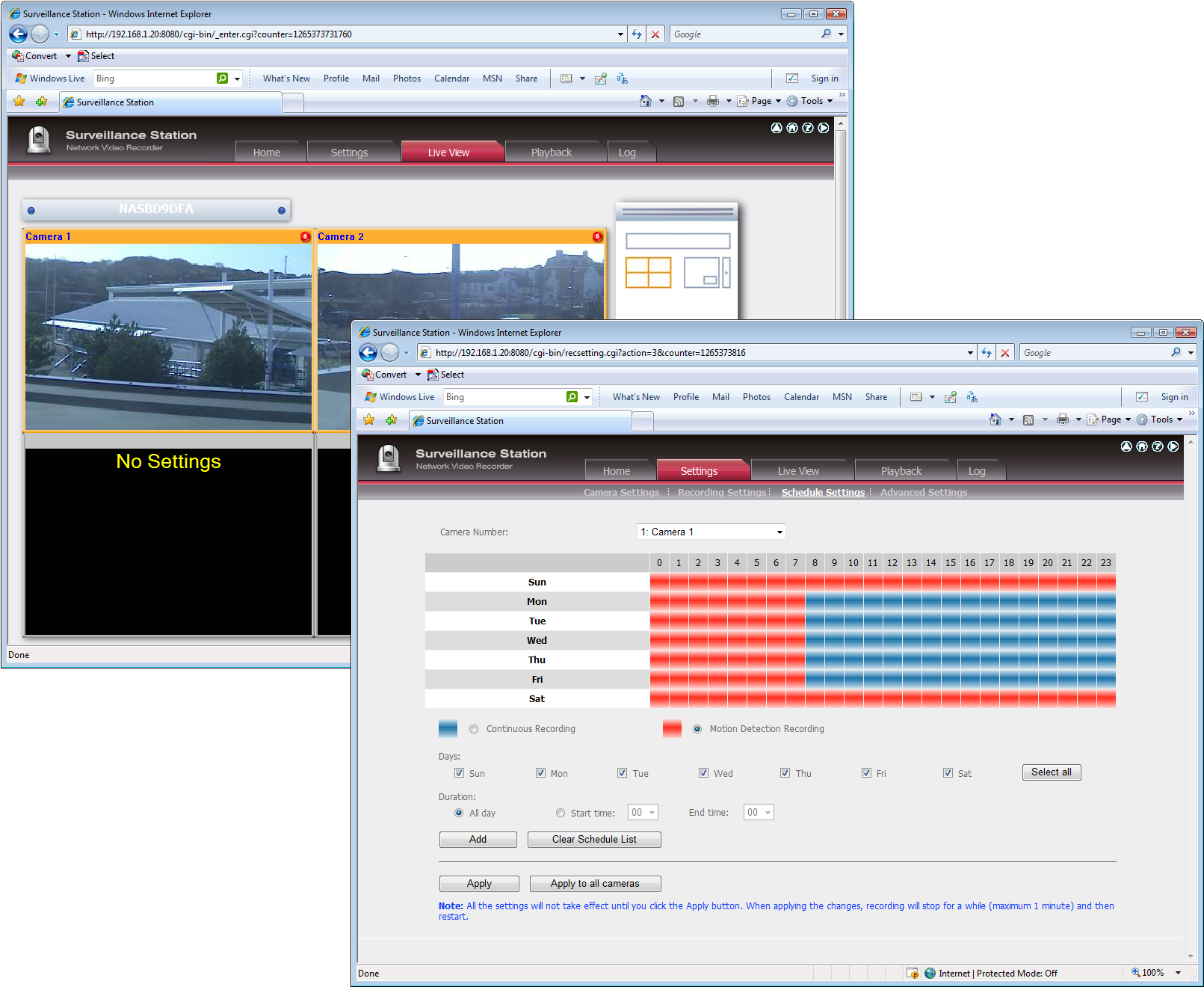
QNAP TS-859 Pro Turbo NAS
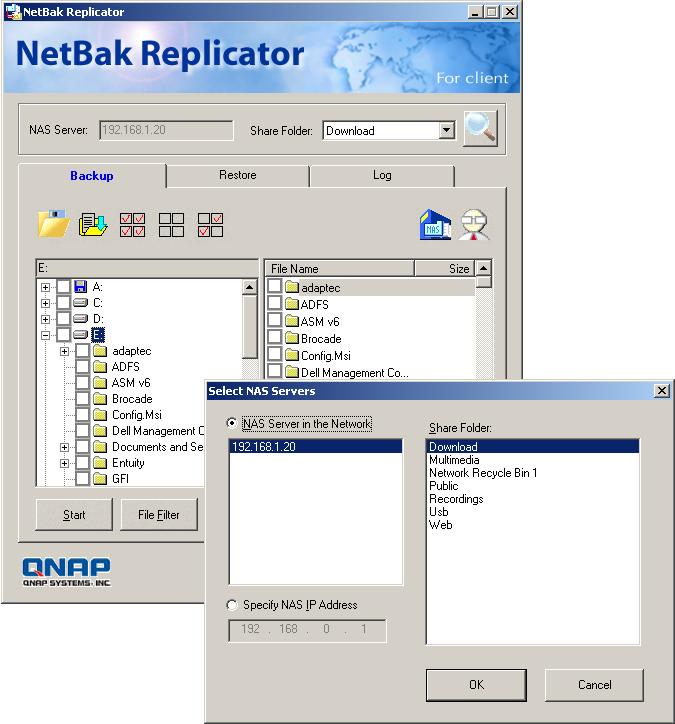
QNAP TS-859 Pro Turbo NAS
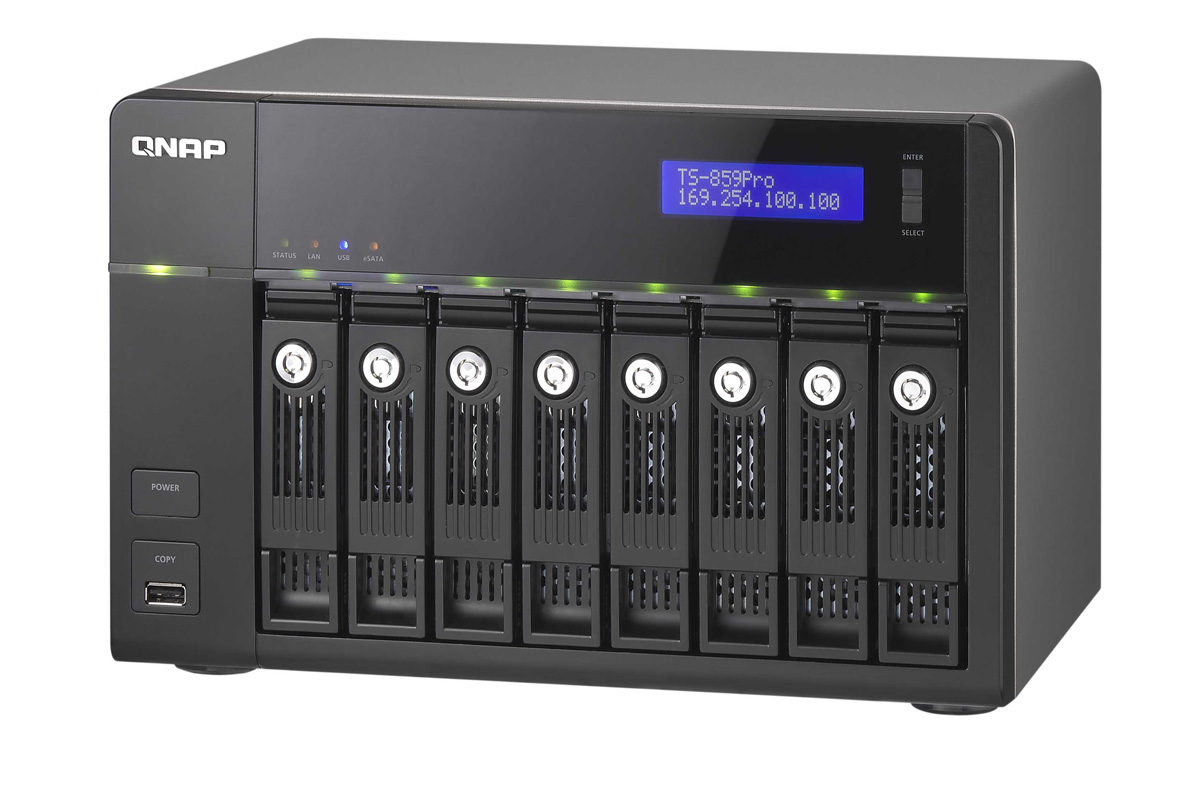
QNAP TS-859 Pro Turbo NAS
On review we have the top dog TS-859 Pro Turbo NAS which supports eight hot-swap SATA drives in a compact desktop chassis. Pricewise, it's comparatively good value as we found the diskless model going for a shade under a grand at Span Computers.
Build quality of the TS-859 is solid enough and at its heart beats Intel's very latest 1.66GHz dual-core D510 Atom processor. The D510 is teamed up with 1GB of DDR2 memory and our performance tests show that although Atoms aren't known for their speed, the appliance acquitted itself very well.
You have plenty of port permutations with a pair of Gigabit ports that can be teamed up for load balancing and link resilience. A quartet of USB2 and pair of high-speed eSATA ports are for adding external storage. Cooling is handled by two whopping great 12cm diameter fans and their size has allowed Qnap to throttle them back so the appliance is virtually silent.
For testing we popped a quartet of 1TB WD GreenPower drives in the appliance and used its LCD control panel to get a RAID-5 array build underway. You also have support for RAID-6 dual-redundant arrays along with capacity expansion and array migration.
General installation is handled by the Qnap Finder utility which provides quick access to the main web interface. And what a pretty thing it is too. Qnap's earlier web interface was a dour affair but since following Synology's lead and moving to Ajax it now looks vastly superior to its predecessor.
It loads up with a smart Apple iTunes style cover flow menu for accessing management, shared folders, the surveillance station, support and forums. The main administrative interface is very easy to use with a tree menu to the side offering easy access to all features.
Get the ITPro daily newsletter
Sign up today and you will receive a free copy of our Future Focus 2025 report - the leading guidance on AI, cybersecurity and other IT challenges as per 700+ senior executives
Dave is an IT consultant and freelance journalist specialising in hands-on reviews of computer networking products covering all market sectors from small businesses to enterprises. Founder of Binary Testing Ltd – the UK’s premier independent network testing laboratory - Dave has over 45 years of experience in the IT industry.
Dave has produced many thousands of in-depth business networking product reviews from his lab which have been reproduced globally. Writing for ITPro and its sister title, PC Pro, he covers all areas of business IT infrastructure, including servers, storage, network security, data protection, cloud, infrastructure and services.
-
 Cleo attack victim list grows as Hertz confirms customer data stolen – and security experts say it won't be the last
Cleo attack victim list grows as Hertz confirms customer data stolen – and security experts say it won't be the lastNews Hertz has confirmed it suffered a data breach as a result of the Cleo zero-day vulnerability in late 2024, with the car rental giant warning that customer data was stolen.
By Ross Kelly Published
-
 Women show more team spirit when it comes to cybersecurity, yet they're still missing out on opportunities
Women show more team spirit when it comes to cybersecurity, yet they're still missing out on opportunitiesNews While they're more likely to believe that responsibility should be shared, women are less likely to get the necessary training
By Emma Woollacott Published
-
 OpenAI wants developers using its new GPT-4.1 models – but how do they compare to Claude and Gemini on coding tasks?
OpenAI wants developers using its new GPT-4.1 models – but how do they compare to Claude and Gemini on coding tasks?News OpenAI says its GPT-4.1 model family offers sizable improvements for coding, but tests show competitors still outperform it in key areas.
By Ross Kelly Published